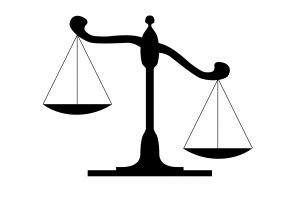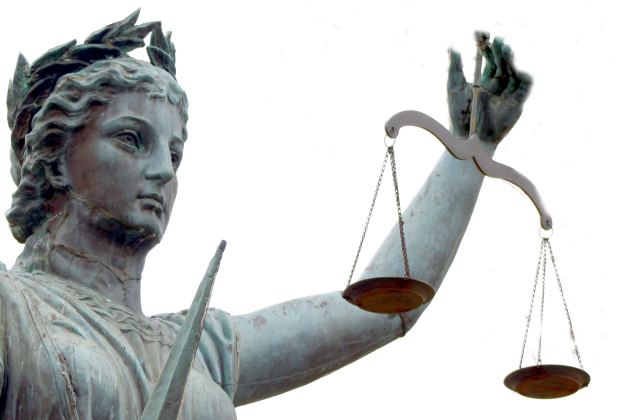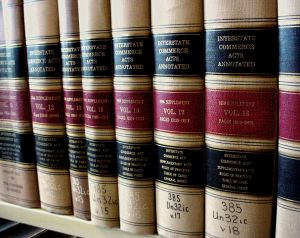 Parties to legal actions should always assume that their social media (e.g., Facebook; Twitter) postings will be discovered (discovery is allowed by FRCP 1.350; Discovery of Facebook Content in Florida Cases, 31 No. 2 Trial Advoc. Q 14 (Spring 2012)) and used against them by the other side if helpful. Postings can be used to contradict assertions made in a legal case and sometimes lead to the outright dismissal of actions by the court based on fraud.
Parties to legal actions should always assume that their social media (e.g., Facebook; Twitter) postings will be discovered (discovery is allowed by FRCP 1.350; Discovery of Facebook Content in Florida Cases, 31 No. 2 Trial Advoc. Q 14 (Spring 2012)) and used against them by the other side if helpful. Postings can be used to contradict assertions made in a legal case and sometimes lead to the outright dismissal of actions by the court based on fraud.
However, hurdles must be overcome to get postings into evidence. Among the hurdles:
Finding and Preserving the Social Media Evidence
- Once we find useful postings by surfing the Internet, we save link addresses, print pages, and take iPad screen shots by simultaneously pressing both of the device’s power switches.
- Preservation of evidence letters can also be sent to those who own and or control the site to prevent spoilation of the evidence through the innocent or purposeful removal of content. Surprisingly, parties are not obligated to preserve evidence without a specific request. See, Osmulski v. Oldsmar Fine Wine, Inc., So.3d , 37 FLW D1578 (Fla. 2nd DCA 6-20-2012).
- Formal discovery, pursuant to FRCP 1.310, 1.340, and 1.350, can be used to identify websites with potentially valuable information. Request from the respondent: websites the respondent uses to communicate with others; website account information such as account holder and user name; respondent’s email addresses, phone number, home address; printouts of account information and screen shots.
- Subpoenas can also be issued to website administrators, like Facebook and Twitter. (The particular knotty issues involved in gathering information from administrators is beyond the scope of this blog.)
- Another source of information is the Wayback Machine. This is a service that allows people to surf more than 150 billion pages in the Internet Archive’s Web archive.
Legal Hurdles
Continue reading
 Florida Injury Attorney Blawg
Florida Injury Attorney Blawg









